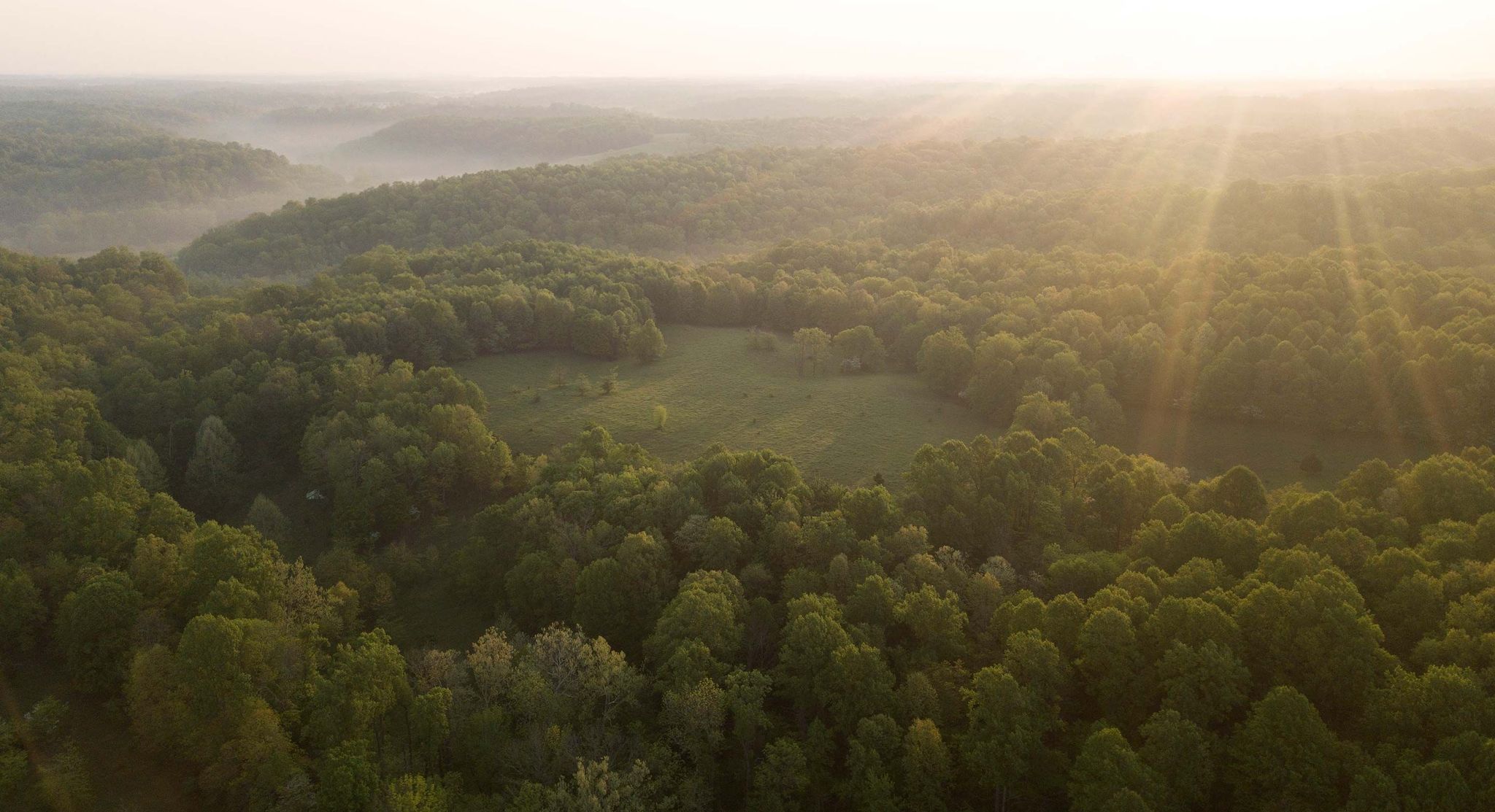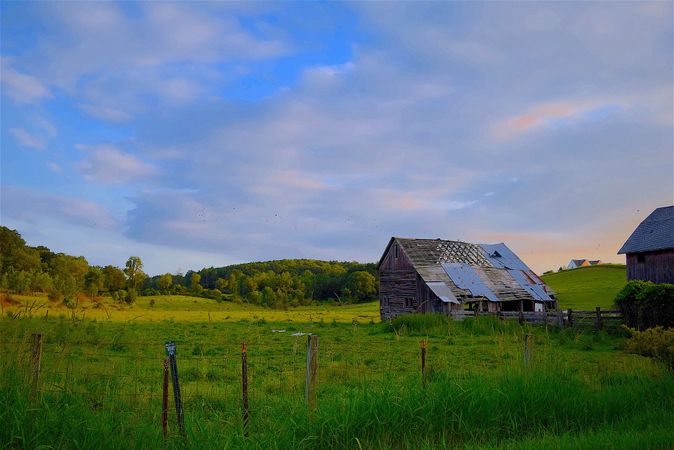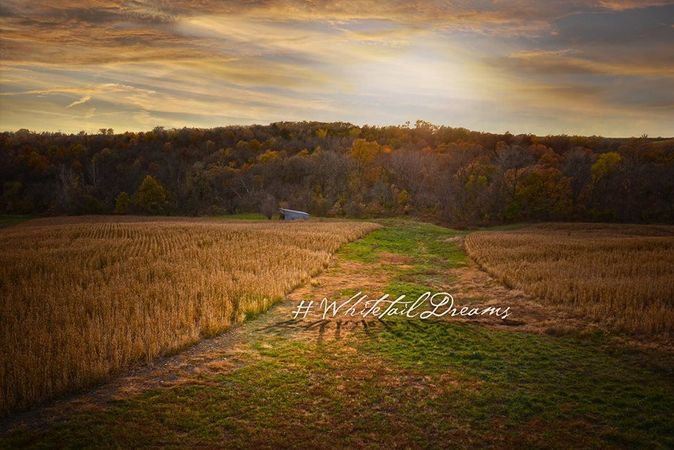The USDA’s Farm Services Agency (FSA) oversees a number of voluntary conservation-related programs including the Conservation Reserve Program (CRP). This program is of particular interest to rural landowners because of what it can do to create revenue from otherwise unproductive or less-productive farm acreage.
If you’re aware of CRP and have plans to enroll, you’ll need to move quickly. The 2021 enrollment period runs through Feb. 12. If you’re a landowner who is unaware of CRP, here’s a brief explanation of how it works and what you’ll want to consider.
About CRP
If a landowner qualifies, the USDA (via its CRP program) makes a yearly rental payment in exchange for a landowner’s work to remove environmentally sensitive acreage from agricultural production. This shared goal is reached by planting species that will improve environmental quality.
Rental payments per acre vary, but Ben Harshyne, a Whitetail Properties Land Specialists based in Iowa, offers some insight. He’s featured in a Land Beat video about how CRP works, and portions of the Iowa property Harshyne manages are rented by the FSA program for $210 per acre. The entire field area is 40 acres, so the landowner is earning $8,400 annually through the CRP.
However, there’s a reason it’s hard to find hard numbers when it comes to CRP payments. They vary. Rental rates depend on variables such as soil quality, expected crop production in your area, local ag rental rates and other market-related factors. The Iowa property Harshyne manages is considered high-quality crop ground, putting the annual CRP payment at the top end of what a landowner might expect.
To nail down what rental payment per acre you can expect for your property, it’s important to reach out to your local FSA office and get a bead on income potential before going through the process of enrollment. Still, keep this in mind: While generating revenue on unproductive farmland is the ultimate gain, CRP enrollment also provides landowners consistent and long-term income over the course of its 10- to 15-year contracts.
Will My Rural Property Be Eligible?
If you own land, there’s a good chance you have what the FSA considers environmentally sensitive acreage. These are acres that are compromised by soil erosion and/or lack of land cover. As such, these compromised field areas can’t support the quality crop health and adequate farm yields required to make a profit.
According to Agricultural Economist Dr. Michael Swanson, on average, 60% of farmland produces 100% of farm profits. The other 40% of U.S. farmland either loses money or breaks even. These numbers hold true across all markets whether, for instance, corn is bringing $2 a bushel or $4 a bushel, because the price of inputs and the price of the farmland will adjust itself to make the numbers true.
How CRP Works
Signed into law by President Ronald Reagan in 1985, the long-term goal of CRP is to re-establish valuable land cover, which helps improve water quality and prevents soil erosion. These efforts also reduce the loss of wildlife habitat by improving or reestablishing land features like bedding areas, fawning cover for deer and nesting for countless species of birds.
In our introduction to CRP (featured in the video above), Harshyne says once a landowner is eligible for enrollment and the contract is made, the program provides the landowner with planting practices and seed to implement on his or her property.
“So you’re gonna have a code, and there’s a lot of different codes for the different types of seeding combinations,” says Harshyne.
The seeding prescribed to the property Harshyne is managing is a variety of about 15 different seed species, which includes native, warm-season grasses.
“The idea is, all of these plants have a large root system, they’re creating a big sod base,” he says. “All of these roots are soaking up the water when it rains and preventing significant erosion from occurring as water runs downhill.”
Once you’ve planted the acreage enrolled in CRP, the landowner is required to do what’s necessary to keep the field areas in line with the requirements of the contract.
“Mid-contract management is something that needs to be done on nearly all CRP enrollments,” he says. “So for a 10-year period, years 4, 5 and 6, require some sort of management.”
Management usually involves discing, burning or spraying.
How Do I Enroll?
In order to enroll for 2021, you must sign up no later than February 12. To learn if your property qualifies for enrollment, you can call or stop by your local FSA office.
Start by locating the FSA offices in your state. Once you choose the state where your property is located, select your local county office by using the link in the left margin of the page.
You can also reference these online resources:
FSA’s Voluntary Conservation-Related Programs







